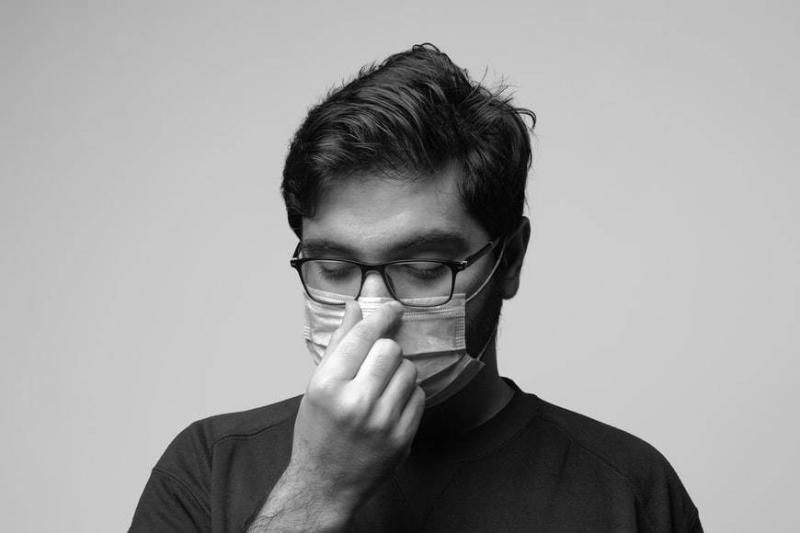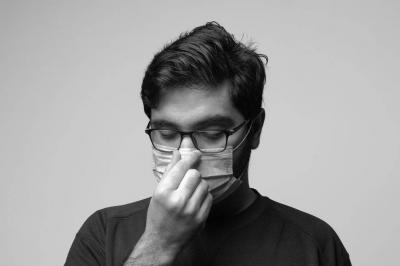Dr. Sylvie Briand, Director of the Global Infectious Hazards Preparedness Department at the World Health Organization, explained that influenza is widespread, especially during the season, with common symptoms including fever, headache, muscle aches, as well as upper respiratory symptoms like sneezing and coughing. In an interview with Vismeet Gupta Smith on episode 59 of the "Science in 5" program, broadcast by WHO on its official website and social media platforms, Dr. Briand stated that COVID-19 shares similar primary symptoms but also presents additional specific symptoms such as loss of smell and taste. She noted that many, especially young individuals, have experienced these additional symptoms specific to COVID-19.
Dr. Briand continued that sometimes a sick person may exhibit very few symptoms, whether due to influenza or COVID-19, as this truly depends on the individual's immune level.
**Preventive Measures**
Dr. Briand emphasized the importance of awareness that both influenza and COVID-19 can be prevented by following precautionary measures that work for both, particularly regular handwashing, which is the top priority, followed by ventilating crowded rooms and wearing protective masks when windows cannot be opened in crowded indoor places, along with maintaining physical distancing.
**Vaccinations at the Same Time**
Dr. Briand pointed out that the most vulnerable group to influenza are older adults and individuals with underlying conditions such as chronic respiratory diseases, cancer, and cardiovascular diseases, which overlap with groups more susceptible to COVID-19. However, pregnant women and infants are also at a higher risk for severe illnesses from influenza. She confirmed that it is safe to administer the influenza and COVID-19 vaccines simultaneously, as some scientific studies have shown it's safe to receive both vaccines at the same time. Nevertheless, she advised consulting a physician regarding the appropriateness of receiving both vaccines.
Dr. Briand added that there are many different strains of influenza viruses, and they actually change frequently. Therefore, it is crucial to know the prevalent viruses in a certain environment to develop vaccines targeted at those strains. This is why there are 136 laboratories worldwide for continuous monitoring of circulating viruses, in addition to expert meetings held twice a year to identify which viruses are prevalent in specific areas of the world.
**Two Vaccines for the Hemispheres**
Dr. Briand mentioned that two meetings are held annually to discuss the components of two influenza vaccines, one for the Northern Hemisphere and the other for the Southern Hemisphere. She noted that the influenza vaccine has been around for many decades and is very safe. However, it is very important to hold expert meetings every year to determine the vaccine formulation to ensure that it includes a suitable component that provides better protection against the circulating viruses at a given time. Experts recommend receiving the vaccine to protect individuals in communities from severe influenza and the risk of fatal outcomes when influenza infection waves intensify.




